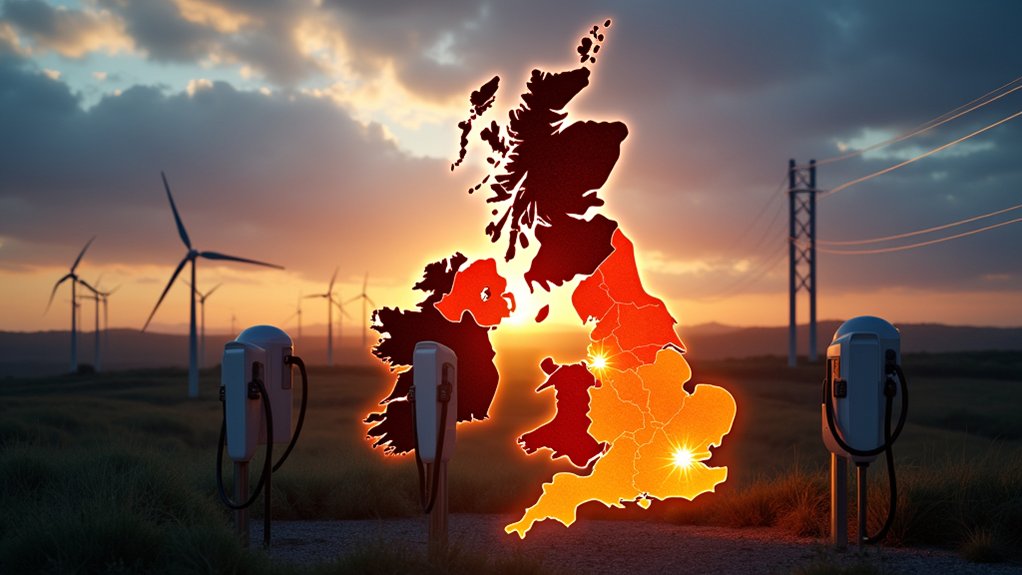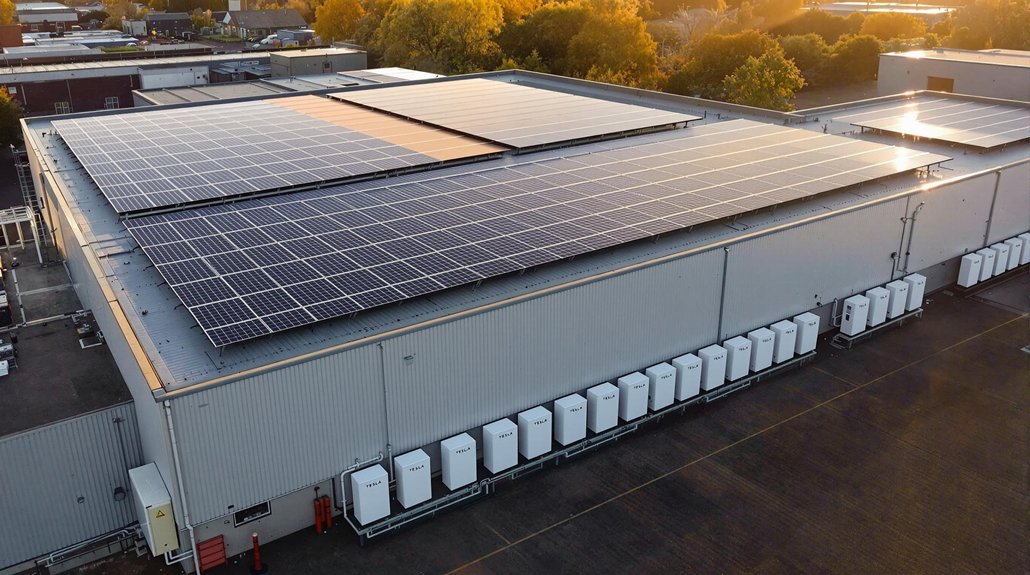After months of intense deliberation and stakeholder consultations, the UK government has firmly rejected proposals for zonal electricity pricing in its Review of Electricity Market Arrangements (REMA). The decision reflects concerns about incomplete data and the complex interplay of variables affecting nationwide electricity markets, with officials determining that zonal pricing could potentially impede progress toward clean energy goals without accompanying reforms.
The existing GB energy system requires £40 billion in annual investment through 2030 to meet the Clean Power 2030 Action Plan. Many investors viewed zonal pricing as a significant financial risk for renewable projects, potentially increasing costs that would ultimately be passed to consumers through higher electricity bills.
I’ve observed that maintaining investor certainty is critical for the UK’s competitive position in attracting green capital.
Regional inequality emerged as a central concern in the government’s decision-making. Zonal pricing threatened to create a “postcode lottery” for electricity bills, disproportionately impacting industrial and urban regions with limited renewable resources. These areas could face substantially higher prices than wind-rich, low-demand zones, raising serious questions about compatibility with the national price cap system.
Market competition would likely suffer under a zonal approach, with large companies potentially reinforcing their regional dominance while smaller suppliers faced increased barriers to entry. The single national price structure maintains a more competitive, efficient trading environment and prevents market fragmentation that could lead to regional monopolies.
Consumer readiness posed another obstacle, as nearly 50% of UK households lack smart meters necessary to respond effectively to zonal pricing signals. Flexible tariffs and accelerated smart meter deployment represent more practical demand management solutions.
The rejected zonal approach might have hindered heat pump adoption and home heating electrification due to unpredictable regional pricing variations.
Analysis indicates that even a 1% increase in the cost of capital could result in £2-12 billion net cost to the energy system, undermining affordability goals.
Critics argue that rejecting zonal pricing represents a missed opportunity to save consumers up to £52 billion over two decades through more efficient use of renewable energy resources.
While the debate remains unresolved among energy sector stakeholders, the government’s rejection of zonal pricing prioritizes fairness, investment certainty, and maintaining momentum toward national decarbonization goals while avoiding disruptions that could undermine the clean energy evolution.









